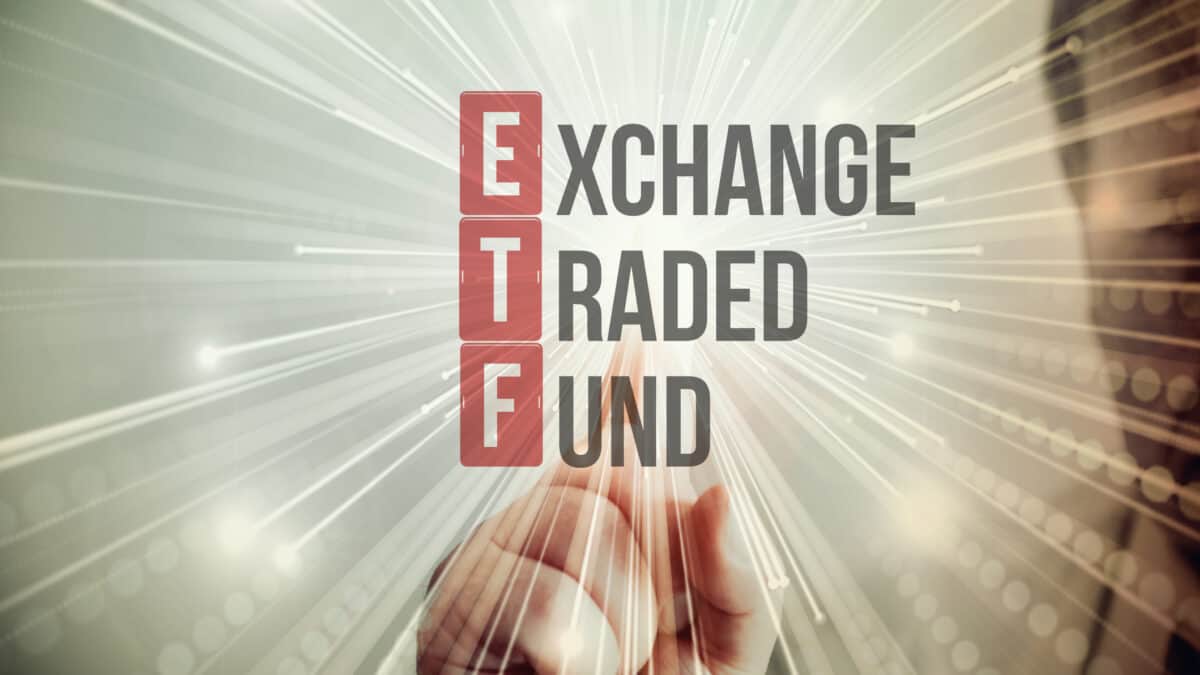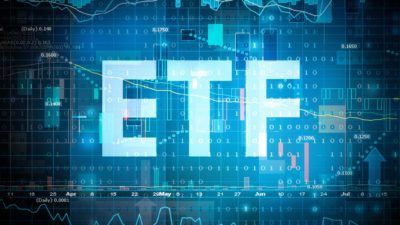The conventional wisdom on the ASX exchange-traded fund (ETF) landscape is that index funds offer investors the lowest fees. Amongst all ETFs on the Australian markets, the lowest charging are all index funds that cover either ASX or American indexes.
Of course, not all ASX ETFs are passive index funds. However, actively managed ETFs that offer exposure to concentrated, thematic portfolios or curated selections of shares tend to charge far higher annual management fees.
This logically makes sense. After all, all index funds have to do is mirror the benchmark index they happen to track – a process that is now almost entirely automated. Actively managed funds, however, need to employ analysts, portfolio managers and other expensive outlays.
Well, this week, that conventional wisdom is out the window. That's thanks to a new suite of ETFs from Macquarie Group Ltd (ASX: MQG).
Macquarie has just launched two new actively managed ETFs on the Australian share market. However, you wouldn't know it from the fees these new funds are charging.
Macquarie introduces new, low-fee ASX ETFs
First up is the Macquarie Core Australian Equity Active ETF (ASX: MQAE). This new fund draws "around" 200 investments from the S&P/ASX 300 Index (ASX: XKO). These stocks are chosen after all eligible investments are "continually assessed for the most robust and least correlated sources of return".
Macquarie uses a mix of data, risk and fundamental analysis to actively "fine-tune" its portfolio of stocks to deliver a return above an ASX index fund ideally.
Here's how the company described this approach:
The Macquarie Systematic Investments machine is constantly scanning the market with one eye on the future, with inputs continuously being updated and the signals utilised fine-tuned to seek potential trades.
Macquarie's dedicated in-house quantitative team are continually analysing the market in search of new ways to identify attractive stock characteristics, which are distilled into specific signals. Currently, the signal set is over 60 signals, and all are applied to the 300 ASX stocks and around 1,400 global equities for these active ETFs.
The centrepiece of these investments is the ultra-low management fee of 0.03% per annum. That's well below other actively managed ASX ETFs. For example, the BetaShares Australian Quality ETF (ASX: QLTY) charges a management fee of 0.35% per annum.
It's even below what most passive ASX index funds charge. The most popular index fund on the ASX is the Vanguard Australian Shares Index ETF (ASX: VAS). It asks investors to pay a fee of 0.07% per annum.
It's a similar story with Macquarie's other new ETF – the Macquarie Core Global Equity Active ETF (ASX: MQEG). This fund works similarly to MQAE but draws 400-500 stocks from the global arena, specifically from the MSCI World ex-Australia ex-Tobacco Index.
This ETF charges an annual management fee of 0.08%. This fee is lower than that of a comparable fund, the Vanguard MSCI Index International Shares ETF (ASX: VGS), which asks 0.18% per annum.
A caveat, though: Both of these actively managed ASX ETFs also charge performance fees. If either ETF outperforms its benchmark index in any given period, investors will pay a 20% performance fee on any returns above the index's return, subject to a high watermark.
With all of this in mind, it will be interesting to see what kinds of returns these new ETFs generate going forward.









